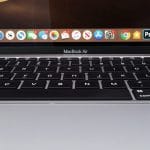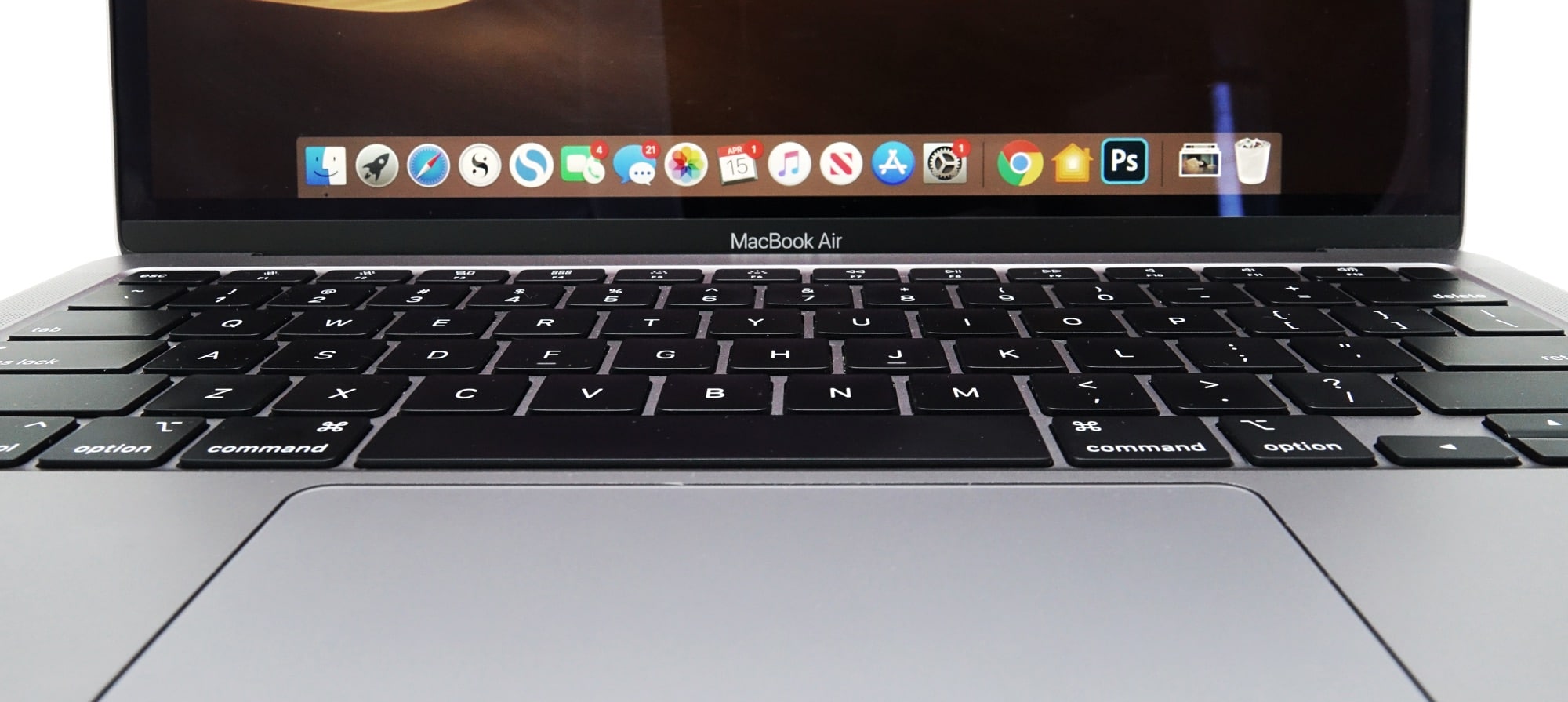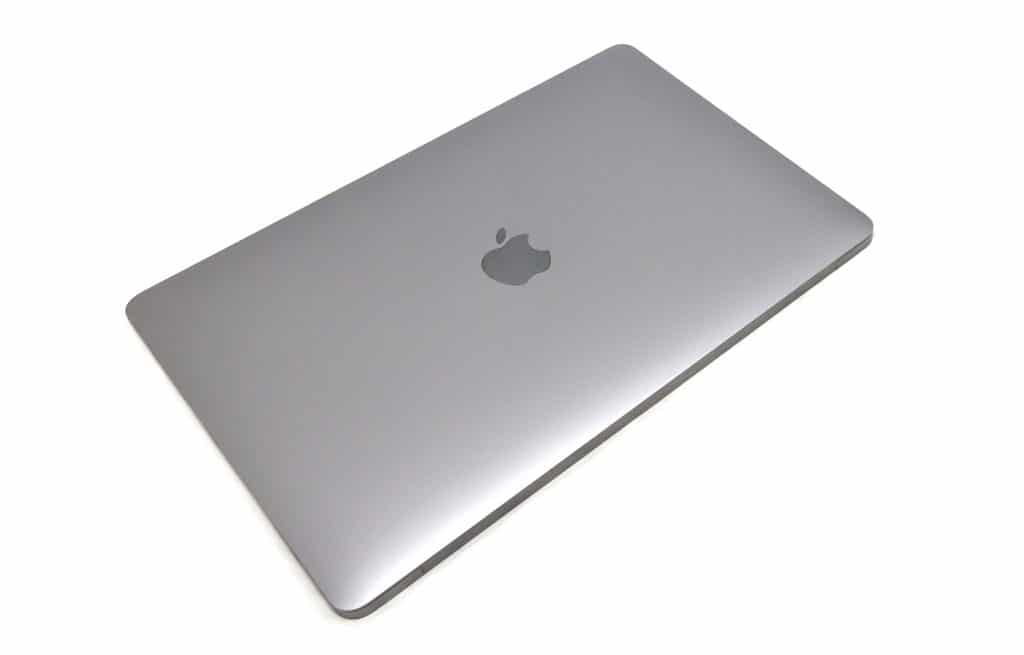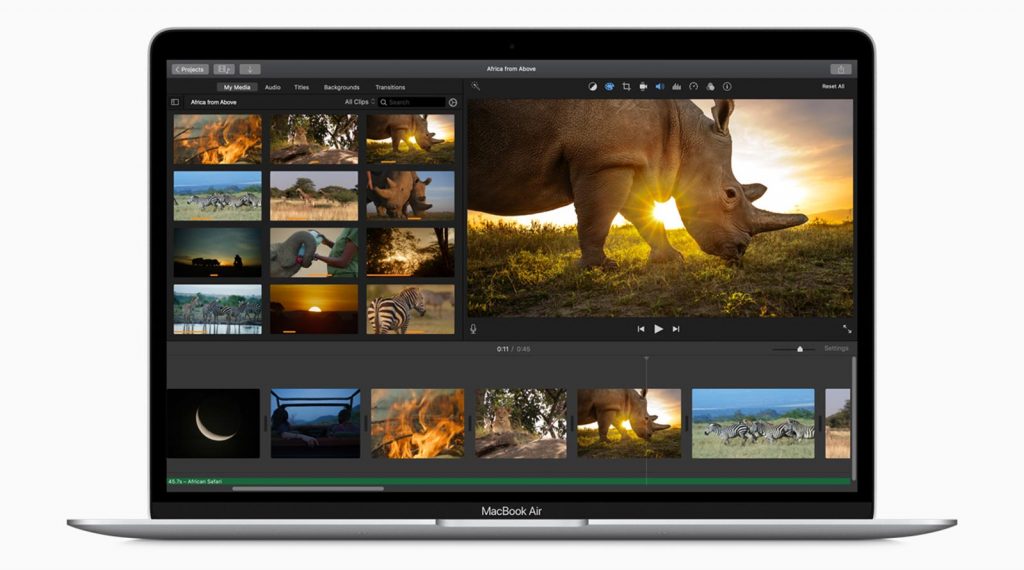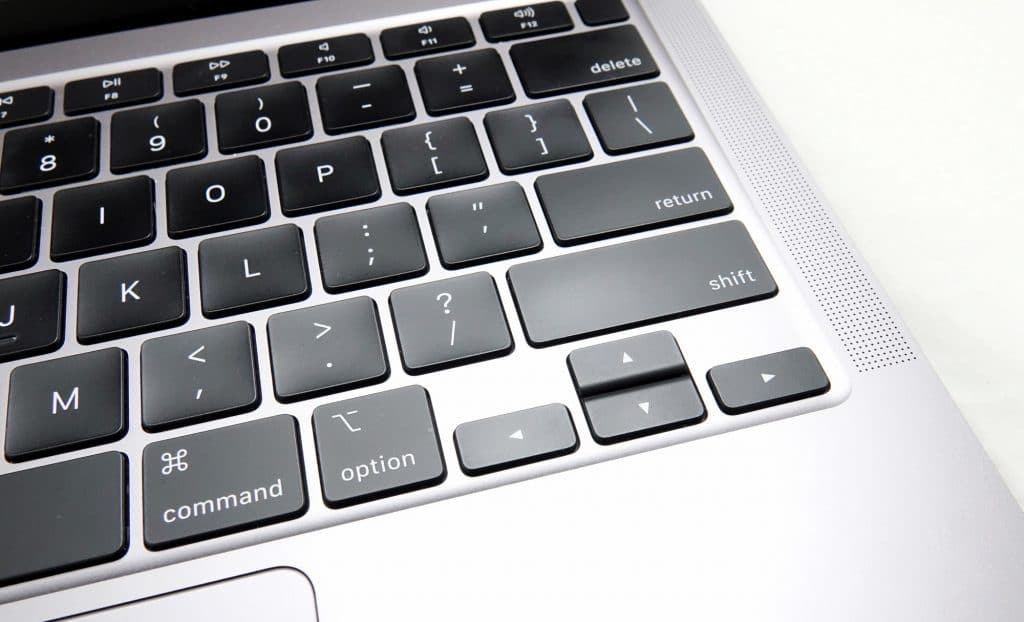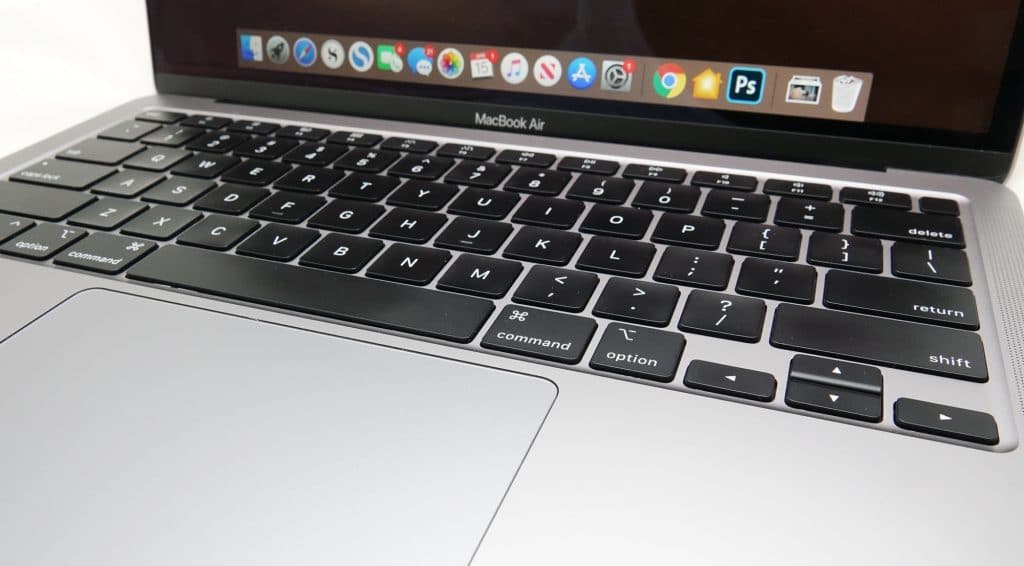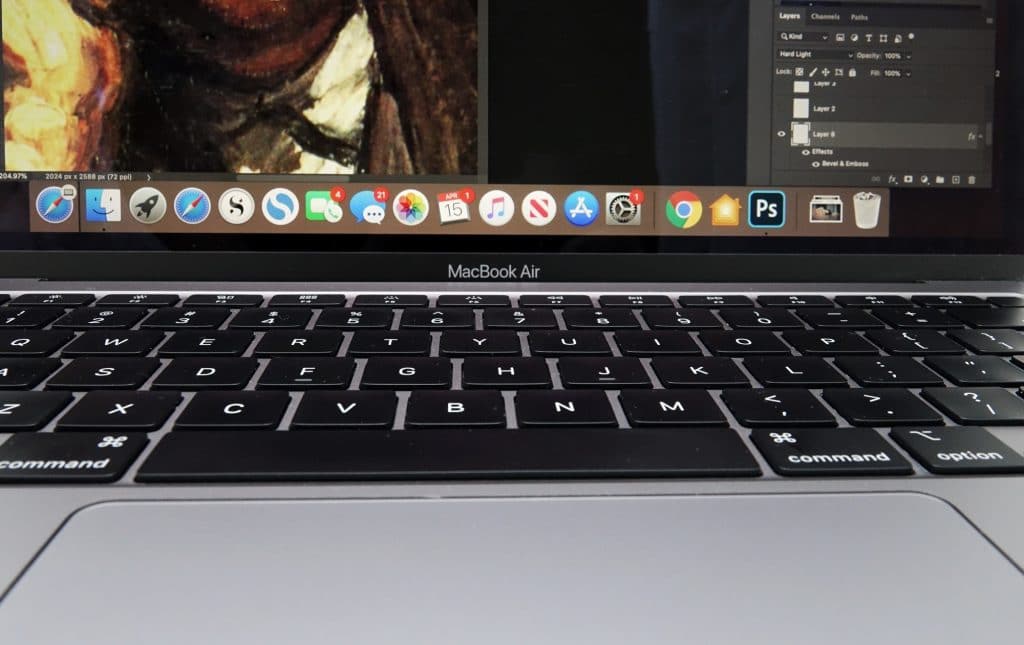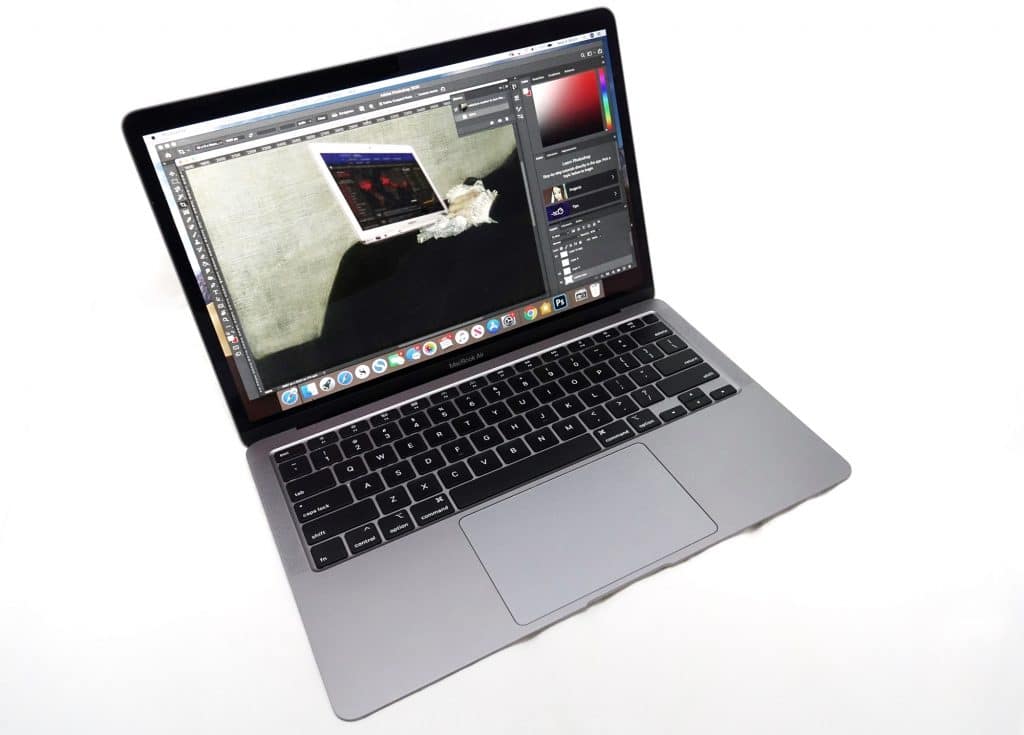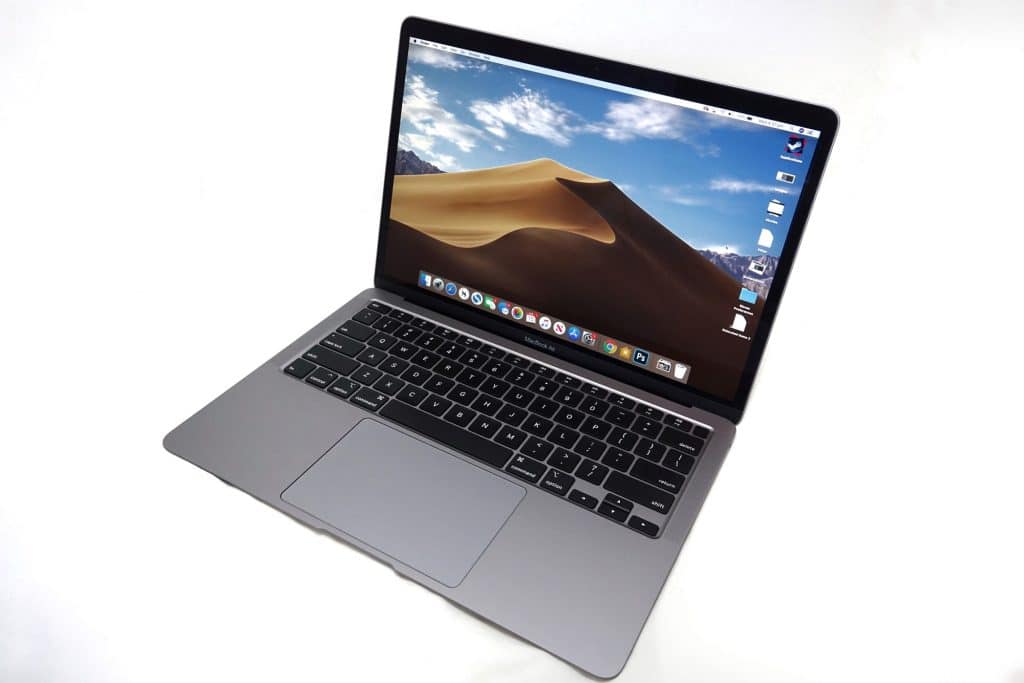Quick review
The good
The not-so-good
Apple has updated its most popular laptop, and it’s better than ever. Is the 2020 MacBook Air one of the best portables around?
Maybe I’ve been spending too much time reading Dr Seuss with my daughter or watching Netflix’s “Green Eggs & Ham”, but lately I’ve been speaking in rhyme more than I’d like.
It’s becoming a bit of a thing, and I think it’s affecting my work, so much that I actually started writing this review as if Seuss had penned it with Guy, Goat, Sam, Fox, and Mouse in mind.
It initially began:
Would you like a new MacBook Air?
I would like one anywhere.
And I will review it in a house.
And I will review with a mouse.
And I would prefer it in space grey.
And its battery to last most the day.
Fortunately common sense got the better of me when I inevitably realised how much fun it would be to rhyme battery with “flattery”, keyboard with “C chord”, and aluminium with “nothing rhymes with aluminium”.
The point is you can’t find an easy way to rhyme in a good laptop review, but you can find a good laptop pretty easily, something Apple seems to have achieved in its latest MacBook Air, a reinvention of quality and value.
Design
First up, Apple’s revised MacBook Air doesn’t look tremendously different from what you’ve seen before.
Technically, Apple only revised its MacBook Air in 2018, and so it’s a little too early for something new to arrive. As such, the 2020 MacBook Air looks just like the 2018 MacBook Air, and even the 2019 MacBook Air, except with a slightly different keyboard configuration where the arrows are.
Close the laptop, though, and you’d never realise it. The designs share the solid aluminium chassis, tapered design, and slim approach that is about as light as its svelte body would suggest.
Features
Inside, it’s a little different from previous generations, thanks in part to the fact that yes, this is an upgrade.
As such, expect new parts, with a starting point of a dual-core 1.1GHz Intel Core i3, but pushing up into a 1.1GHz quad-core Intel Core i5, both part of Intel’s tenth generation processors. If you have the money you can also push this to a 1.2GHz quad-core Intel Core i7.
Apple has paired this with 8GB of DDR4, but there’s an option for 16GB if you have the cash.
Storage has been improved, too, with a starting option of 256GB or 512GB SSD depending on the model you find, however Apple does let you upgrade it, with as much as 1TB or 2TB available if you’re happy to spend extra.
Connection options have been largely left the same, with 802.11a/b/g/n/ac WiFi alongside Bluetooth 5.0, plus two Thunderbolt 3 ports with USB Type C compatibility, as well as a 3.5mm headset jack. As far as display connections go, the Type C Thunderbolt ports are used for that, and have been updated for up to two external 4K displays, or one 5K or 6K display.
All of this sits under a a 13.3 inch IPS (In-Plane Switching) display with a native resolution of 2560×1600 offering 227 pixels per inch and Apple’s white-balancing True Tone display technology.
Above this screen, you can find Apple’s webcam, which is about the one area that hasn’t changed between MacBook Air generations, and still sports a 720p FaceTime HD camera.
There’s also a new keyboard here, with a return to the scissor-switch mechanisms as the company steps away from the butterfly mechanisms of the previous MacBook Air models. A fingerprint sensor is included in this design, found in the top right corner, while the directional keys have changed to the inverted T shape to make it easier to use, something you’ll notice when you open the laptop up.
In-use
Open the new MBA and you’ll see the laptop spring to life, waking up the way Macs tend to when you open the laptops up.
The screen is bright, the images are clear, and Apple’s inclusion of True Tone technology means the colour of the picture always feels a little more adapted to the room than laptops from other brands.
It’s a clear display that not only stands out, but shows just how far the MacBook Air has come in the past few years. It wasn’t long ago that Apple had stuck with a 13 inch Air screen with poor viewing angles and washed out colour, but this MacBook Air screen is more professional, and delivers an experience not unlike its more expensive sibling, the MacBook Pro.
There’s also the matter of how you use the MacBook Air, and that’s changed in this generation thanks to a change in keyboard.
Keyboard
One of the most important aspects of the 2020 MacBook Air, the keyboard is by and large the one area worth paying full attention to, as it’s one of Apple’s most notable changes.
For the past few years, Apple has pushed its butterfly mechanism keyboard in its laptops, offering a super slim keyboard with some travel, but with a higher chance of breaking.
It doesn’t always happen, but when it does, repairs will leave you without a laptop for a good week or so. We’ve seen it happen for readers and listeners, and while it hasn’t affected every laptop we’ve reviewed, there’s at least one laptop with a much softer return key than we’d like, suggesting its butterfly keyboard mechanism is dying, too.
The learning from this is the butterfly keyboards were slim and fairly comfortable, but lacking in long-term durability, something Apple was known for.
So last year, it went back: on the largest laptop Apple makes, the 16 inch MacBook Pro, the company brought back a scissor-switch keyboard, delivering a new and improved take on what the company had left behind. It was like a return to excellence when we reviewed the 16 inch MBP, and in the new MacBook Air, it’s here, too.
While the new MacBook Air keyboard uses a slightly higher switch from the previous model, it’s a height adjustment you’ll never realise, and the laptop doesn’t suffer from it at all.
The change to scissor switches doesn’t just affect the height, but the comfort and usability, and it’s a lovely change. Repair issues aside, the butterfly MBA keyboard was comfortable, albeit occasionally problematic. Here in the new scissor switch MacBook Air, Apple has truly delivered.
In the 2020 MacBook Air, Apple’s new keyboard is firm yet comfortable, with a travel that makes it feel like you’re using the older and brilliant MacBook laptop you’ve fallen in love with in the past.
This keyboard is excellent, and Apple’s keyboards need to be like this from now on.
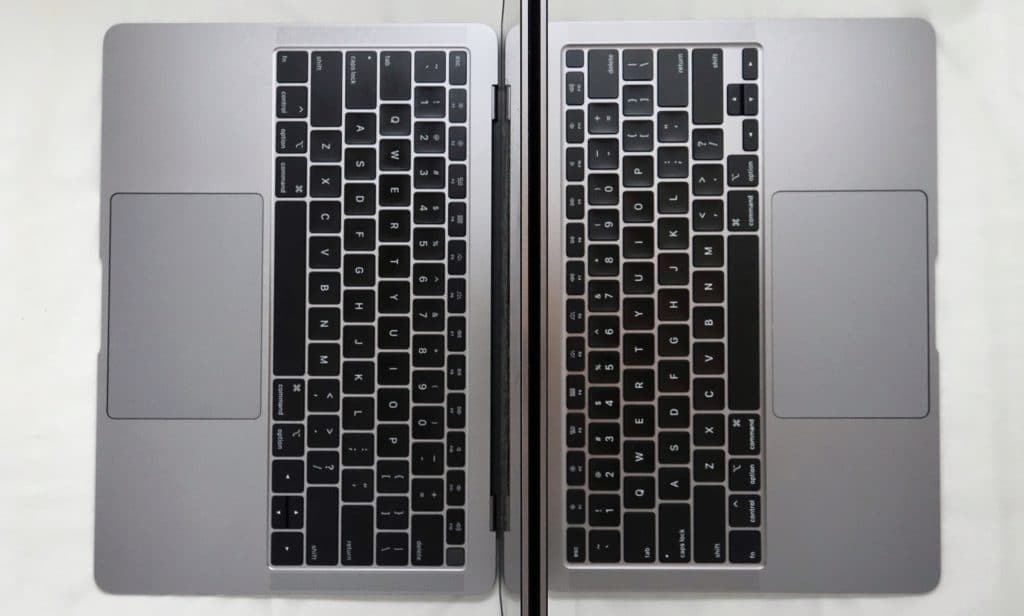
Performance
Performance is also not bad, either, with a MacBook that can do more than just casual work and productivity.
While the quad-core Intel Core i5 isn’t necessarily fast at 1.1GHz, the performance of the MacBook Air is perfectly capable for work or play, even if you’re jumping between regular productivity or creative work.
Our usage saw us doing both, with the typical web surfing and office productivity part of our daily activities, plus doing some work in Photoshop and Premiere, as well as using Logic Pro X for our podcast, The Wrap. Regardless of what we used it for, the 2020 MacBook Air handled itself well, and while it’s not quite the benchmark-pushing 16 inch MacBook Pro, the new Air is a computer that can do just about anything.
About the only area you may struggle with is if you’re opting to make a dent in 3D games, because without a dedicated graphics chip from Nvidia or AMD, the 2020 Air doesn’t really have the guts for big 3D. It can do a little, and Apple Arcade games handled themselves on the machine, but if you’re expecting to play the latest Doom in the best resolution, you’re in for a bit of a rude awakening.
The MacBook Air is a machine for just about anything, and the MacBook for everybody.
Battery
The battery inside is just as capable, too, delivering up to 12 hours of video playback, though battery life is more likely to hit around 9 to 10 hours for usage.
Granted, battery life is going to be entirely dependent on what you use the 2020 MacBook Air for, however we were pretty happy with how it performed overall.
If you’re doing work or casual productivity (and you stick to Apple’s Safari browser over Google’s Chrome), you should find that ten hour mark isn’t a problem, with a little more wrenched out from the laptop, as well.
However if you push the 2020 MacBook Air to its limits and make use of video editing or image processing, you’ll find the battery life diminishes somewhat, dropping to around half that value, of between 5 and 6 hours.
Ten hours is achievable, though, and makes us wish other laptops could do the same. There aren’t many out there in its size and class that can, so we’ll take the ten hours and say we’re happy with that.
Value
All of this comes in a laptop that sports a lower price tag than the model that was out a few weeks ago.
In fact, with a starting price of $1599 for the 256GB model — compared with the $1999 that would have cost up until this release — Apple has delivered a solid value for customers.
Our review model was the $1999 variant, arriving with twice the storage at 512GB and with a boost from a dual-core Intel i3 to a quad-core Intel i5, which is still fairly solid pricing. At the same price, HP and Dell start to compete, though Apple’s MBA puts up a pretty solid fight.
Already, it’s a better effort than the previous MacBook Air, and manages to drive better value than other thin and light computers sitting at the same price.
About the only PC competitor driving a better price tag are machines from HP, but Apple appears to be outpacing one of its main competitors with this one, rocking a more value-driven laptop than Microsoft’s Surface Laptop, which costs more at present.
Seriously, at a starting price of $1599, Apple’s MacBook Air is solid value, and a better choice than the already great choice it was previously.
What needs work?
With the price and keyboard both doing better than previous incarnations, you might be wondering if this is as close to perfection as Apple can get.
Well the answer is that it can always be less expensive, but our major criticism isn’t the price, but rather the ports: with only two USB Type C ports, the 2020 MacBook Air may force you to buy a dock or port replicator if you need more ports.
You may not, however. It’s entirely possible that you’ll be fine with just the two that are there. We’ve used the MacBook Air with two ports for producing this website and its podcast, and found one typically goes to power while the other goes to our Rode microphone or an external drive, with the remainder of accessories being wireless.
Two ports is likely going to be more than enough once you think about it, though it’s understandable why people can be so averse to the idea of only two ports to begin with.
Final thoughts (TLDR)
Offering better specs, a better keyboard, and better value, the 2020 MacBook Air is one of the best choices for a laptop today. It’s an absolutely capable all-rounder, and whether you’re a worker, a casual, or a creative, you’ll find the 2020 MacBook Air can really help you get stuff done.
Throughout this MacBook Air review, we used it for typing, for editing photos in Photoshop, for coding, for engineering audio in Logic Pro X, for web surfing, for writing books, and even managed to install the odd game or two from Apple Arcade.
It’s a laptop that can practically let you do whatever you want, and is a solid starting point as far as Apple laptops go. It’s anyone’s MacBook, and a laptop for all.
The 2020 MacBook Air is so good, we’re not even sure where the 13 inch MacBook Pro fits, offering a marginally fast processor and the OLED Touch Bar, but just about less in everything else. We’re sure it’ll see an update soon, and likely become a more powerful MacBook Pro with a slightly bigger screen, new keyboard, and hopefully a dedicated graphics component, but right now, the MacBook Air feels like it wipes the floor with its sibling. The MacBook Air is seriously a better choice at the moment.
Sufficed to say, the 2020 MacBook Air is an easy recommendation, delivering the same size with excellent specs, a great price, and the versatility you need. This is a great laptop, full stop. Highly recommended.
